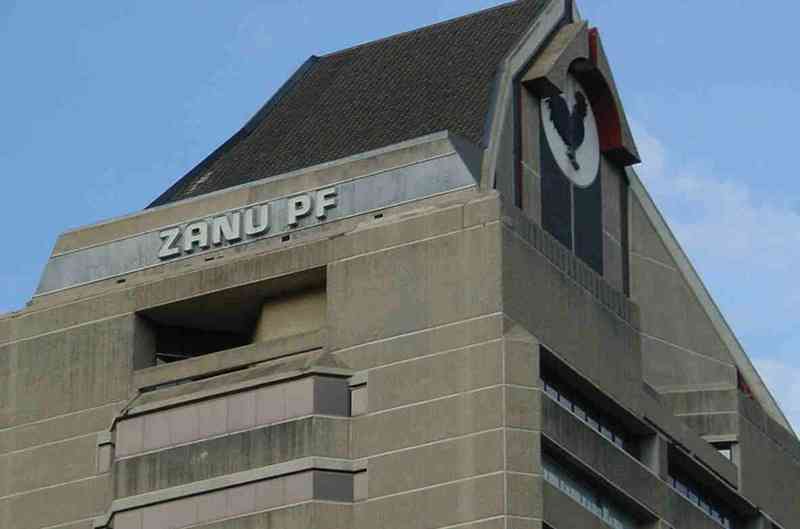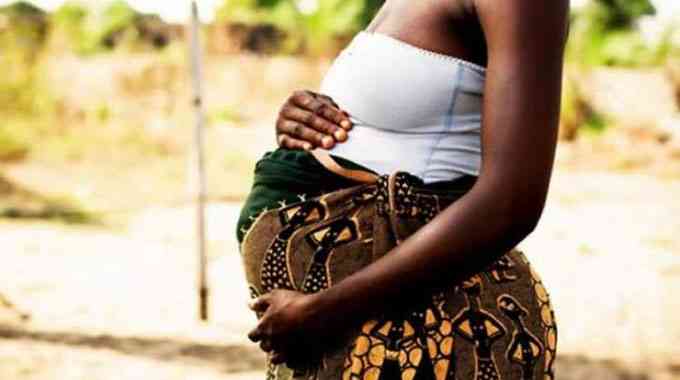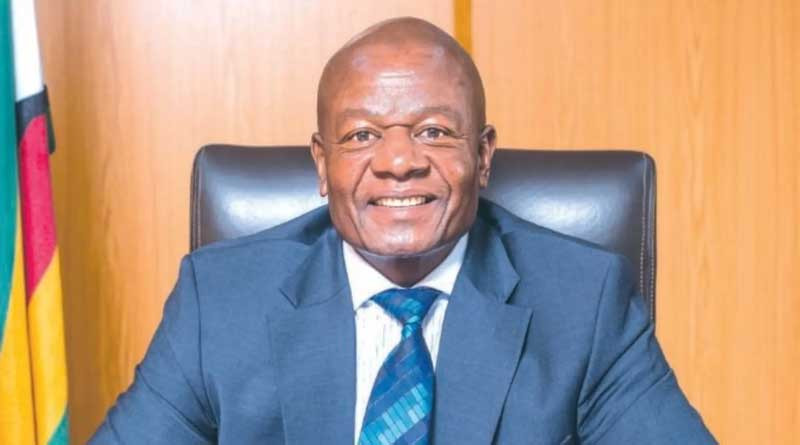
ACUTE water shortages are looming in most of Zimbabwe’s urban areas including growth points as the effects of the El Niño-induced drought rages, the Zimbabwe National Water Authority (Zinwa) has warned.
The El Niño weather phenomenon is currently ravaging the sub-Saharan region causing serious drought, especially in southern Africa and floods, while triggering torrential rains in other parts such as east Africa.
President Emmerson Mnangagwa has since declared the drought a state of national disaster, saying government required at least US$2 billion to feed food insecure families.
A report compiled by the United Nations Children’s Fund early this year indicated that 860 757 Zimbabweans lack access to safe drinking water, while 17% of households are forced to travel long distances to fetch water for their daily needs.
In a statement yesterday, Zinwa spokesperson Marjorie Munyonga said the water security situation in Zimbabwe was expected to further decline as the year progresses.
“The water security situation for cities, towns, growth points and rural service centres across the country is on a deteriorating trajectory as the effects of the current El Niño-induced drought begin to be felt.
“As of May 2, 2024, the number of towns, growth points and rural service centres whose raw water sources held less than 12 months of supply had risen from 12,8% on April 25, 2024 to 14,9%,” she said.
Munyonga said the proportion of towns, cities, growth points and rural service centres in the moderate category, whose raw water sources can last between 12 months and 20,9 months at current demand stood at 38,3%.
- NoViolet Bulawayo’s new novel is an instant Zimbabwean classic
- Jah Prayzah, Zanu PF rekindles ‘lost love’
- Bank workers appeal to Ncube for tax relief
- Indosakusa marks 21-year anniversary milestone
Keep Reading
“A proportion of 46,8% of towns, cities, growth points and rural service centres are water secure and their raw water sources satisfy the 21-month rule.
“Towns and centres whose raw water sources have less than 12 months’ supply and will require urgent interventions such as the drilling of boreholes and identification of alternative raw water sources included Bulawayo, Mvurwi, Mt Darwin, Figtree, Gwanda and Chegutu.
“Mutare, Kwekwe, Beitbridge, Karoi, Chipinge, Shurugwi, Murehwa, Sadza, Hwedza and Insukamini are among centres in the moderate category and with raw water sources capable of lasting between 12 months and 20,9 months at current demand.”
Munyonga, however, highlighted that centres that are water secure include Harare, Concession, Inyati, Nzvimbo, Mutawatawa, Mashava, Zvishavane, Mberengwa, Bikita, Zaka, Gweru, Kadoma, Plumtree and Chinhoyi.
She was, however, hopeful that things would improve by year end when the next rainfall season begins.
“The 21-month rule means that after the close of the rain season on March 31 of the year, there should be enough water to last for a period of 21 months at current demand even in the absence of any further inflows.
“Zinwa will keep closely monitoring water demand and abstraction in all the centres that cannot satisfy the 21-month rule and implement interventions as the need arises,” Munyonga added.










